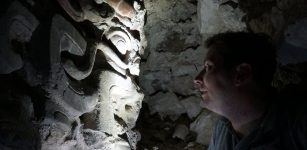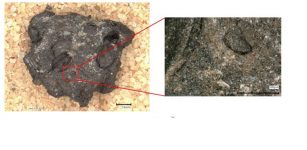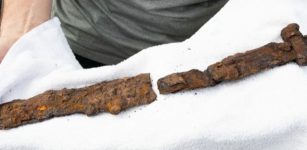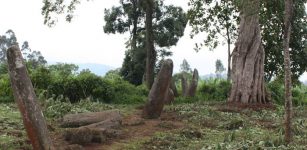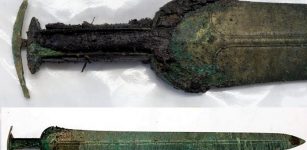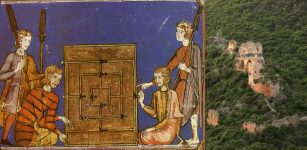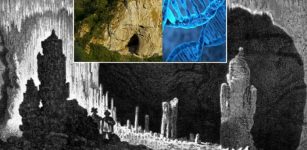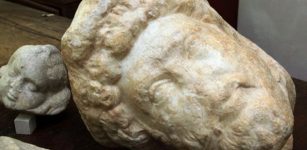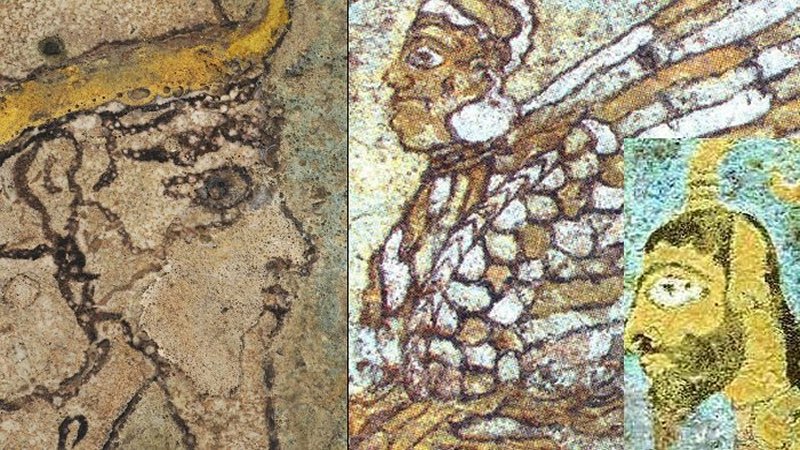Remarkable Discovery Of King Hezekiah’s Seal In Jerusalem Confirms Biblical Story – Archaeologists Say
MessageToEagle.com – Archaeologists excavating in the City of David in Jerusalem have made a remarkable discovery. At the foot of the southern wall of the Temple Mount compound they have found a seal (bulla) with the name of King Hezekiah (727-698 BCE). According to archaeologists and Biblical scholars, this external evidence further establishes the veracity of the biblical account of the nation of Israel’s empires going back some 3,000 years.
Who was King Hezehiah?
According to the Hebrew Bible, Hezehiah was a son of Ahaz and the 13th king of Judah. Historians and archaeologists have concluded that his reign was between c. 715 and 686 BC. He is also one of the most prominent kings of Judah mentioned in the Hebrew Bible and is one of the kings mentioned in the genealogy of Jesus in the Gospel of Matthew.

According to the Hebrew Bible, Hezekiah witnessed the destruction of the northern Kingdom of Israel by Sargon’s Assyrians in c. 720 BC and was king of Judah during the invasion and siege of Jerusalem by Sennacherib in 701 BC. Hezekiah enacted sweeping religious reforms, including a strict mandate for the sole worship of Yahweh and a prohibition on venerating other deities within the Temple in Jerusalem.
King Hezehiah’s seal
The discovered seal is oval, with the dimensions of 8.6 by 9.7 mm, impressed on soft clay (Bulla) of 12 by 13 mm, about three millimeters thick. The bulla was used originally to sign a document written on papyrus and kept rolled and tied with thin twine whose subtle marks can be seen on the back of the bulla. The seal was discovered along with many pottery shards and various figurines and seals.
The precious seal was discovered in a garbage heap that was dumped during or shortly after Hezekiah’s time, from a royal building that was used to store food. This building is part of a series of buildings, including a gate and towers, which were built in the second half of the tenth century BCE (the time of King Solomon), as part of the Ophel fortifications of the new government complex that connected the city of David with the Temple Mount.
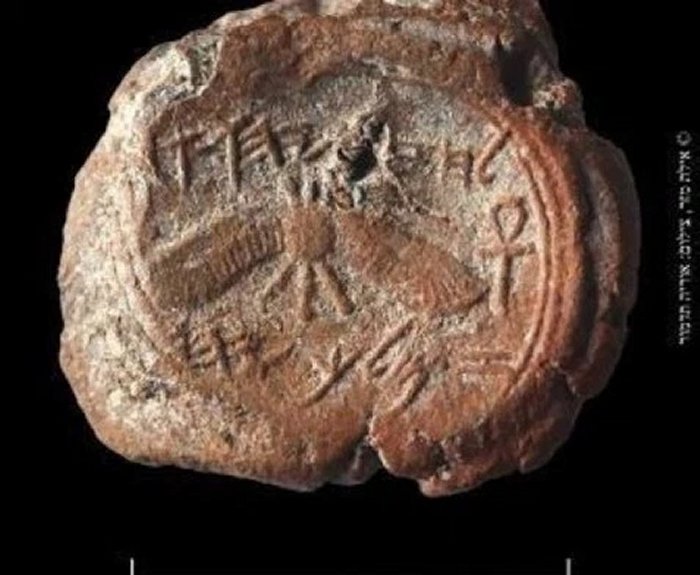
Photo Credit: Courtesy: Dr. Eilat Mazar. Photo: Uriah Tadmor
Another imprinted 33 seals were unearthed along with the bulla, some of them bearing Hebrew names, marked in their backs by coarse canvas and thick wires, which apparently were used to seal sacks containing food products. Each seal is surrounded by a sunken border left by the seal’s frame. The Hezekiah seal bears the inscription: “Hezekiah (son) Ahaz King of Judea,” with an emblem of the sun emblem with tilted down wings and two icons of the Ankh (symbol of life).
See also:
- Ruins Of Sodom, The Lost Ancient Biblical City Destroyed By God – Uncovered
- Eight Is Not Enough: History Of The Ancient Candles In Israel
- ‘Wheel Of Giants’ And Mysterious Complex Of Circles – Prehistoric “Stonehenge” Monument In The Middle East
According to Dr. Eilat Mazar, “despite the fact that seals bearing Hezekiah’s name have been seen on the antiques market since the 1990s, some with the symbol of a winged scarab (dung beetle) and some with a winged sun symbol, this is the first time that a seal of a King of Israel or Judea was found in a scientific archaeological excavation.”
Archeologists say the discovered seal confirms Biblical stories
The discovery of a royal seal at the Ophel archaeological excavations brings to life in a direct way the biblical stories about King Hezekiah and the national affairs that took place in his days in the Royal Borough of Jerusalem.
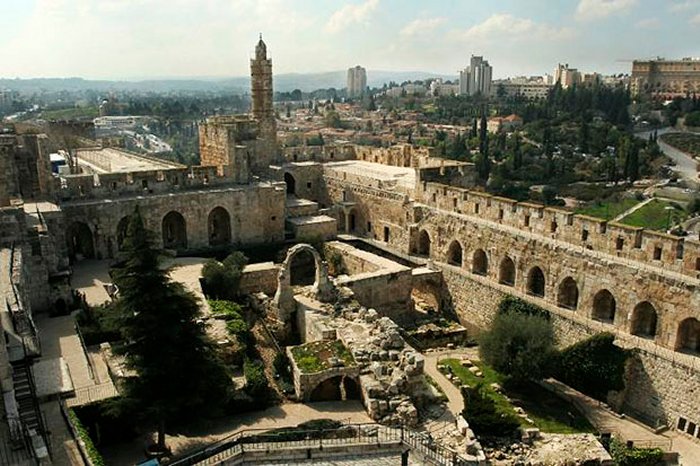
The seal was discovered via a process of wet sifting of the layers of soil from the excavation, which was conducted at the sifting facility at Tsurim Valley, run by Dr. Gabi Barkai and Tzachi Dvira and sponsored by the Israel Nature and Parks Authority and the City of David Fund. The seal was found by Efrat Greenwald, a member of the Ophel team who was responsible for screening the excavation soil. Reut Ben-Arie, who prepared the Hebrew bullas from the Ophel excavations, was first to recognize that the seal belonged to King Hezekiah.
Is this latest discovery just a tip of the iceberg? Undoubtedly, there could still be many intriguing archeological discoveries in this part of the world that await us in the near future.
MessageToEagle.com
References:

